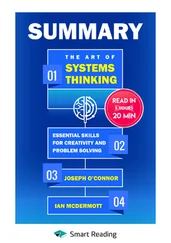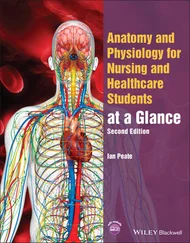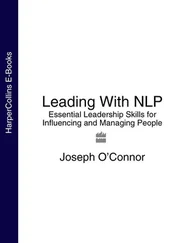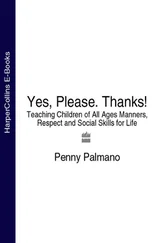So, why do drug errors occur? Well, we have been informed from the same report giving us the facts and figures above that they occur due to:
Failure to properly monitor patients on powerful drugs,
Poor communication between general practitioner (GP)'s and hospitals,
Giving patients the wrong medication.
We also know that mistakes happen due to:
Drugs that look or sound alike,
High staff workload,
Low staffing levels,
Inexperienced staff.
As a means to combat some of these medication errors, the UK government pledged an investment of £75 million to implement electronic prescribing in hospitals.
Drug Errors and Adverse Reactions
The NHS has graded drug errors and adverse reactions, as follows:
1 Medication errors that do not result in patient harm, i.e. near misses (example: a dose of 500 mg amoxycillin is prepared instead of 250 mg, but corrected before reaching the patient).
2 Medication errors that result in patient harm (example: giving an antibiotic to a patient with a known allergy to that drug).
3 An adverse drug reaction that is not the result of a medication error (example: giving antibiotics to a patient with no previous history of drug reactions, but who then reacts: this is the only non‐preventable type of mistake).
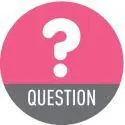 Question 1.2
Question 1.2
What is a near miss? Think of an example.
 Question 1.3
Question 1.3
Apart from killing the patient, what is the worst thing you can do when you have made a drug error?
Worldwide Facts and Figures
Some facts and figures concerning drug errors worldwide:
Worldwide: 17% of medication errors involve errors in calculations.
Almost 50% of all intravenous injections feature a mistake, and the number of patients requiring intravenous therapy is increasing. In medicines management, not only do we have to contend with long, hard to pronounce drug names, but we need to get our heads around all the abbreviations, including Latin ones!
We have all seen the medic on the TV hospital soap opera shouting ‘adrenaline stat!’ in the emergency room but what does ‘stat’ actually mean? Well, it means we need to be conversant with Latin abbreviations, that's what it means.
Have a go at seeing how many of the Latin abbreviations you know in Activity 1.1.
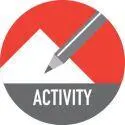 Activity 1.1
Activity 1.1
Here is a list of Latin abbreviations used when prescribing. What do they mean?
| STAT |
OM |
QDS |
| AC |
ON |
QQH |
| BD |
PC |
TDS |
| OD |
PRN |
TID |
 We tend to use specific accepted abbreviations in health care to do with medicines, such as mg, pro re nata (PRN), IV, etc. but not mcg as we write microgrammes in full so as not to get confused with mg. Healthcare workers are told not to use abbreviations in their written care plans, medical records, etc. as mistakes can happen. Terms may have two meanings: for instance, DOA can be taken to mean dead on arrival or date of admission.
We tend to use specific accepted abbreviations in health care to do with medicines, such as mg, pro re nata (PRN), IV, etc. but not mcg as we write microgrammes in full so as not to get confused with mg. Healthcare workers are told not to use abbreviations in their written care plans, medical records, etc. as mistakes can happen. Terms may have two meanings: for instance, DOA can be taken to mean dead on arrival or date of admission.
There are many medical abbreviations you will see in practice in patients' medical notes. You will also see them used throughout this book. See how many of them you can work out. Don't worry if it is all alien to you, you can find the answers at the back of this book.

| AF |
DKA |
INR |
| BNF |
DM |
MAOI |
| BP |
DVT |
MHRA |
| CHD |
GI |
MI |
| COPD |
GTN |
NG |
| CR |
IDDM |
NHS |
| DH |
NMC |
NICE |
| NPSA |
OTC |
NIDDM |
| NSAID |
WHO |
PEG |
| PPI |
GP |
CD |
Doctors would often write abbreviations in patients notes – often being very derogatory to them! Thankfully this practice is not seen so much today. Here are just a few:
LOBNH Lights on but nobody home
TEETH Tried everything else, try homoeopathy
PIP Pyjama Induced Paralysis
TMB Too many birthdays
It has been found that Primary Care Trusts could save almost £7 million each year if GPs prescribed more efficiently. Wastage costs the NHS approximately £200 million. I'm sure we have all met the elderly neighbour with bottles of pills dating back 10 years or more collecting dust in their bathroom cabinets. As health carers we all need to deliver better patient education, explaining why that course of antibiotics that the GP prescribed needs to be completed, even if the patient is feeling better.
Here's a question: what do you think about schemes to recycle drugs back to the pharmacist to be redistributed to other patients? What if the bottles have been opened and the drugs spilled over a dirty floor and put back in the bottle (perhaps even licked by the dog!). Would you like to take them? Only use sealed bottles and unopened blister packs, I hear you say, but what if these had been stored on top of a heater for the last six months and their active ingredients have now become unstable?
The medication process is made up of four parts.
Prescribing: it is often the nurse who notices that a doctor has prescribed something to which the patient is allergic, perhaps because the nurse knows the patient better.
Dispensing and preparation: a nurse should not use trade names for drugs as confusion may occur, for example Voltarol instead of diclofenac sodium. Perhaps the pharmacist has reconstituted the medication with the wrong transport medium, for example sodium chloride instead of water for injection.
Administration: you need to be very clear which route a medication should be given through and that the dose has been calculated correctly.
Monitoring: you need to check the administration and effect of a medicine on the patient. For example, a patient prescribed diclofenac sodium must be checked to see whether they are asthmatic. Patients with hypertension or heart failure must be monitored carefully if they are given diuretics. Blood pressure, fluid input and output, and sodium and potassium, etc. must be checked.
Any one of these categories could be the weak link where a mistake can occur.
The Department of Health reports that the wrong dose, strength, or frequency of a drug accounts for over a quarter of all medication incident reports.
Читать дальше
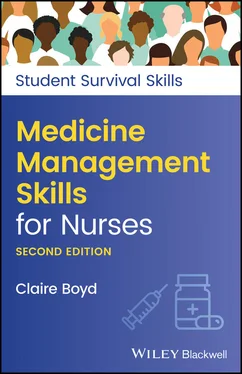
 Question 1.2
Question 1.2 Activity 1.1
Activity 1.1 We tend to use specific accepted abbreviations in health care to do with medicines, such as mg, pro re nata (PRN), IV, etc. but not mcg as we write microgrammes in full so as not to get confused with mg. Healthcare workers are told not to use abbreviations in their written care plans, medical records, etc. as mistakes can happen. Terms may have two meanings: for instance, DOA can be taken to mean dead on arrival or date of admission.
We tend to use specific accepted abbreviations in health care to do with medicines, such as mg, pro re nata (PRN), IV, etc. but not mcg as we write microgrammes in full so as not to get confused with mg. Healthcare workers are told not to use abbreviations in their written care plans, medical records, etc. as mistakes can happen. Terms may have two meanings: for instance, DOA can be taken to mean dead on arrival or date of admission.

